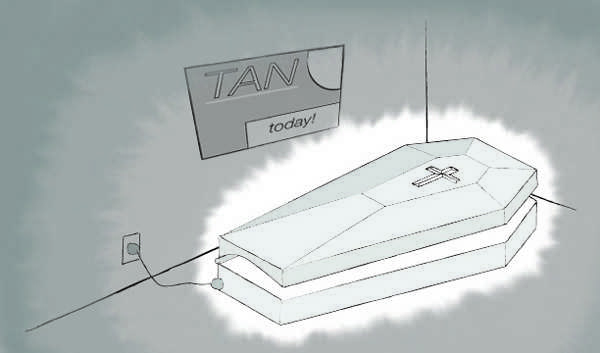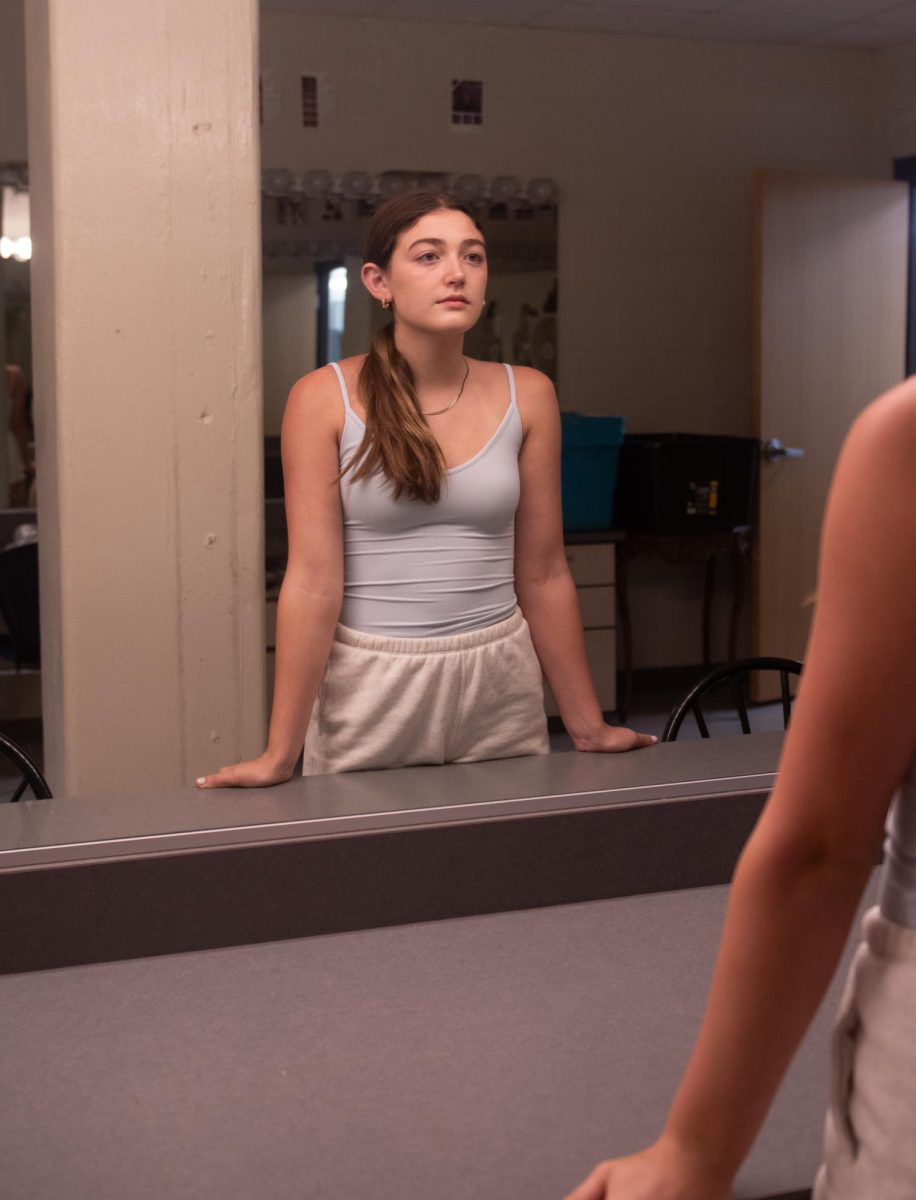Tanning looks great now, but over the years, damage to the skin accumulates and can causes major complications to your health.

According to most forms of western media, the “perfect” woman, and even the “perfect” man, should have a flawless tan. Their skin should be a deep, rich brown. No one with my pale-as-paper skin is on the cover of a magazine this month, or any month of the year.
But where did that notion come from? Being tan used to mean that you were poor, and you worked in the fields all day. The higher class people had soft, pale skin. The paler, the better. Anytime these high class women stepped foot outside the house, they wore a sun bonnet or carried a parasol just to protect their skin from the sun’s rays.
Over the years, that standard has somehow changed.
Now, people lay outside for hours on end waiting for the sun to fry their bodies like an egg on the sidewalk. And while too much exposure to the sun is harmful, it is natural to be darker in the summer. More time is spent outside because the weather is nice and you’re not in school.
But paying to lay under light bulbs that imitate the sun’s rays and do nothing but damage the skin is probably taking it a little too far.
According to the International Agency for Research on Cancer (IARC), there is also a significant link between the use of tanning beds at a young age and melanoma, the most fatal form of skin cancer.
People in the tanning business argue that if you don’t get burned, or if you only tan for a few minutes, nothing bad will happen to you. But according to Skincare-news.com, all of these arguments are false. Whether the skin is exposed to ultraviolet rays for 10 minutes or six hours, anytime the skin changes color, damage is happening. (For more information, see pages 14-15)
Yeah, I’m pale, and yeah, I get made fun of for it. But the risk isn’t worth it to me. It’s not the risk of cancer that scares me the most; I’m told three times a day that something I’m doing puts me at risk for cancer. It’s the risk of being incredibly wrinkly when I’m 40 years old that scares me.
Being unnaturally tan in the middle of February looks great now, and the skin doesn’t show any signs of damage immediately. But when I’m middle-aged, I don’t want to be sitting in a hospital room wondering why I tanned so much as a kid. I will know it wasn’t worth it when I have skin cancer and my skin looks like that of a 70-year-old.
No matter what the media or tanning salon advertising says, the benefits of tanning don’t outweigh the risks. Being beautifully bronze right now isn’t worth the wrinkles and possibility of cancer that could haunt me later in life.



